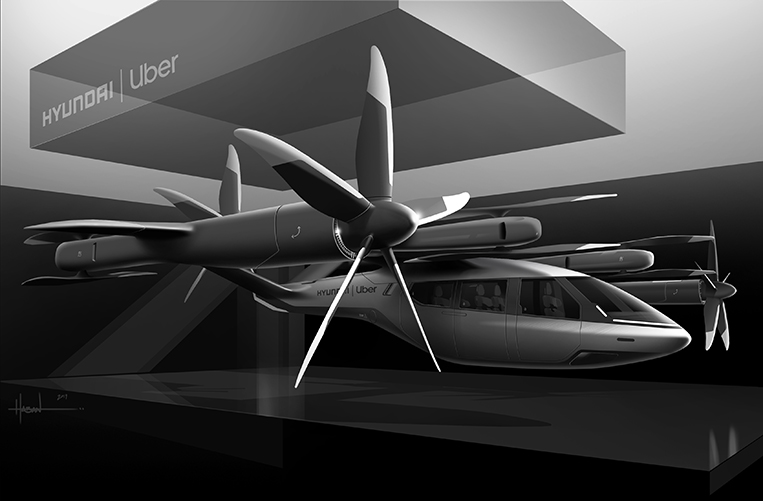
Research and development of urban air-mobility vehicles is no longer the domain of established aerospace giants. Car companies such as Porsche and Aston Martin have come up with their own ideas for the flying car. But before you say that these personal aircraft will only be the products of low-volume manufacturers, Korean automaker Hyundai now has its own concept air taxi.
At the 2020 Consumer Electronics Show, Hyundai unveiled the S-A1. This is in partnership with Uber Elevate, the ride-sharing app’s air mobility arm, with the goal of both companies being to revolutionize urban transportation. Hyundai brings to the table its experience in mass-producing electric vehicles, while Uber’s contribution is its expertise in ride-sharing infrastructure.
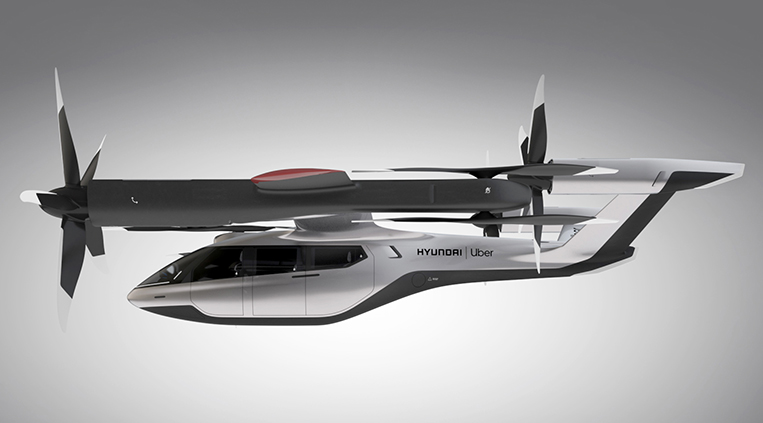
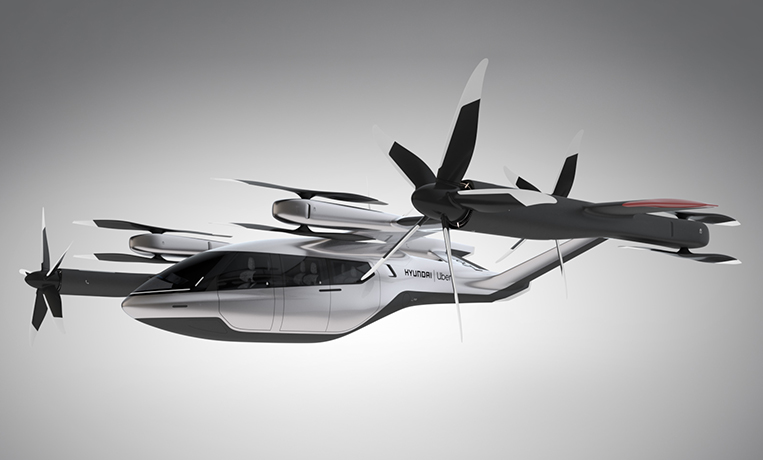
The S-A1 aircraft’s development is said to be inspired by a process pioneered by NASA. Design concepts are made publicly available, and participating companies are given a free hand to further their research into various fields related to the creation of air vehicles specifically built for ride-sharing.
Because the Hyundai S-A1 is designed to operate in urban environments, it adopts a tilt-rotor layout not very different from that of the Bell Boeing V-22 Osprey military transport. Just like the Osprey, it can take off and land vertically in areas as small as the aircraft’s dimensions, thanks to a set of propellers that can vary their tilt angles.
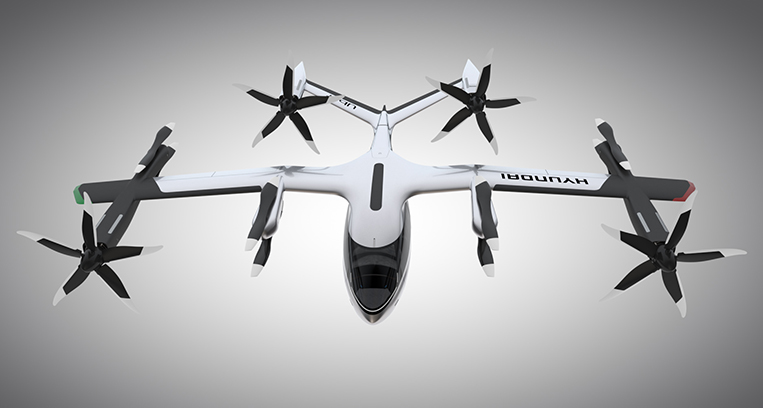
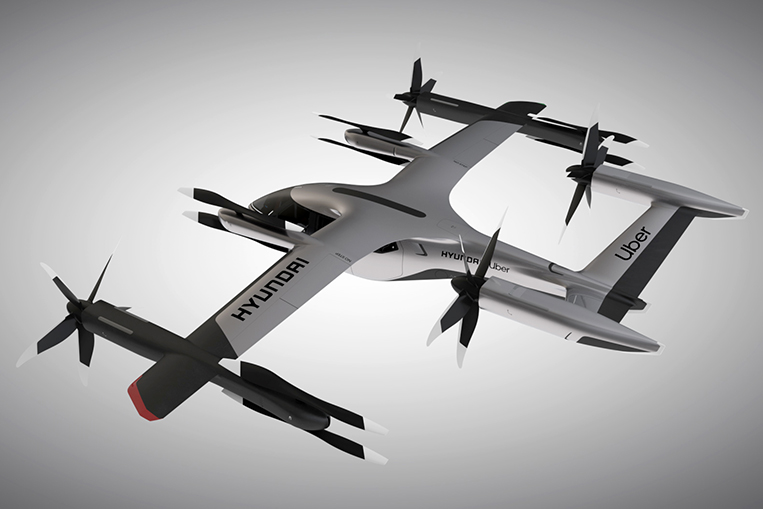
Speaking of the powerplant, the S-A1 can cruise up to 290km/h at an altitude of 600m above ground level, and is good for 100km of flight. The aircraft is 100% electric and can be charged in as fast as five minutes. Power is distributed evenly among the propellers, reducing the risk of single-point failures. The propellers themselves are smaller than the helicopter’s main rotors and, combined with the electric motors powering them, should be quieter than any gas turbine engine can manage.
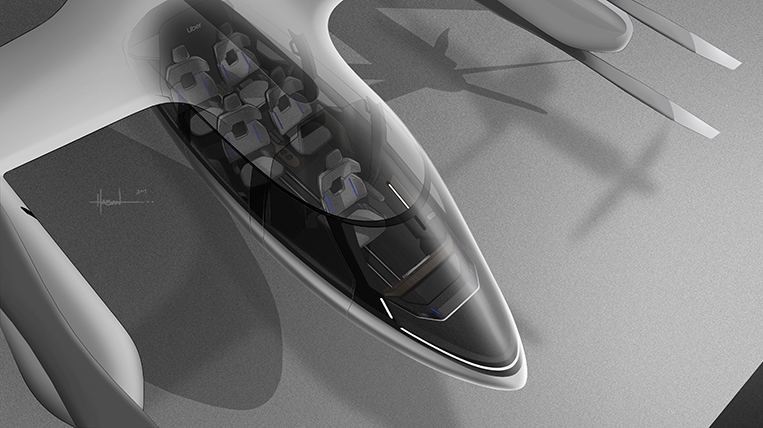
The airframe is specially designed for ride-sharing. The cabin can accommodate up to four people, with no middle seat so that each passenger can easily board and disembark the aircraft. The S-A1 will be flown by an onboard pilot initially, but Hyundai says that the air vehicles will eventually be fully autonomous.
It isn’t clear when such vehicles will become mainstream. In addition, the development of zero-emissions aircraft is in its infancy with the first fully electric commercial airplane taking flight only last month. But simply imagining booking an S-A1 on Uber or any ride-share app makes the prospect of aerial commuting exciting.

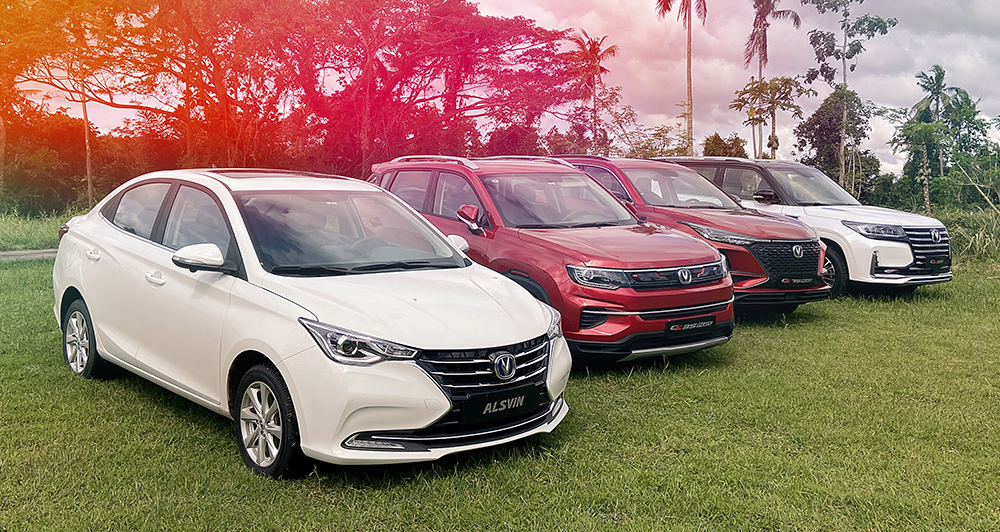
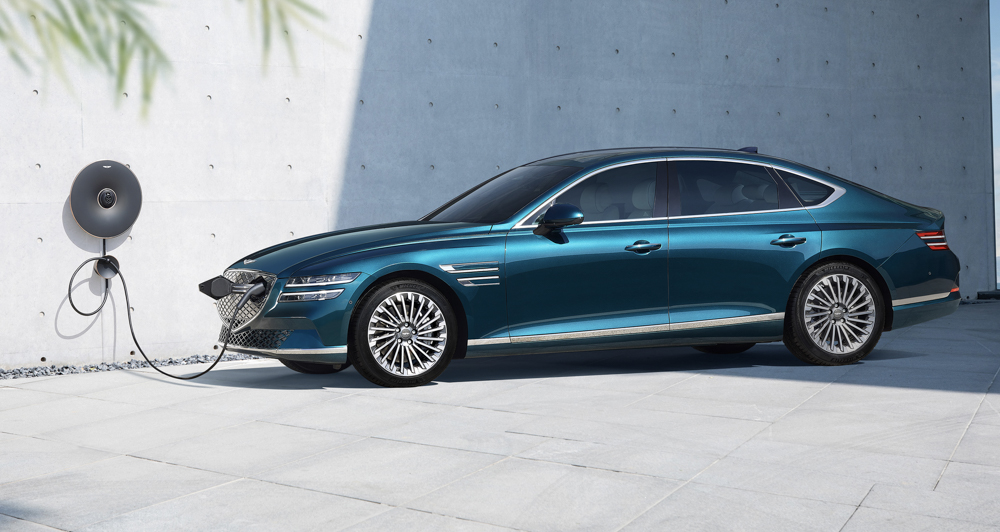

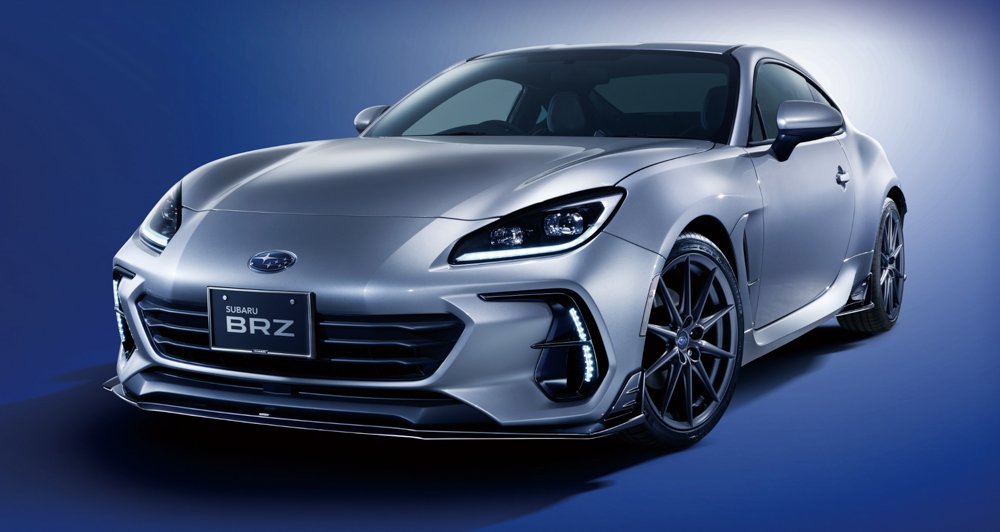
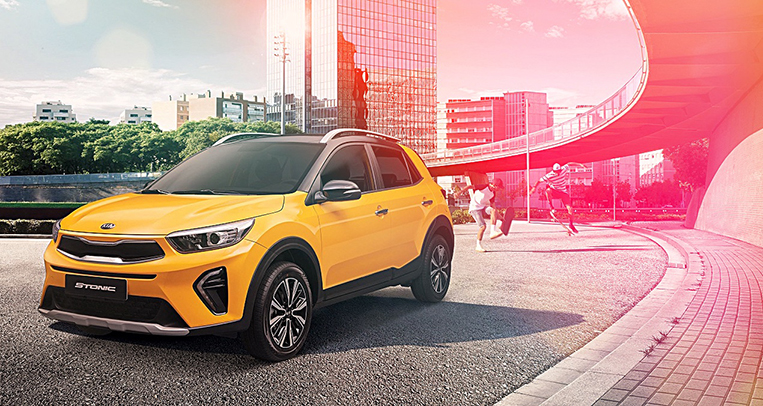
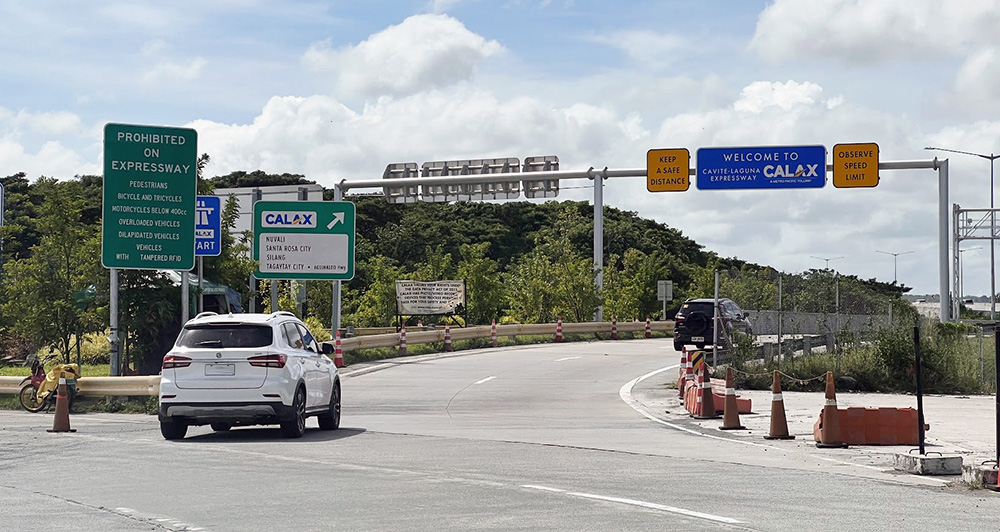
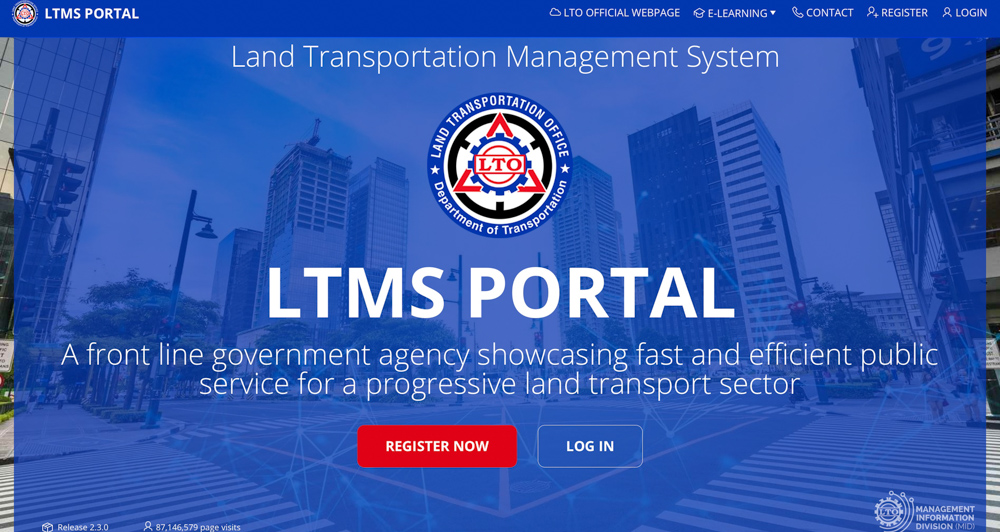
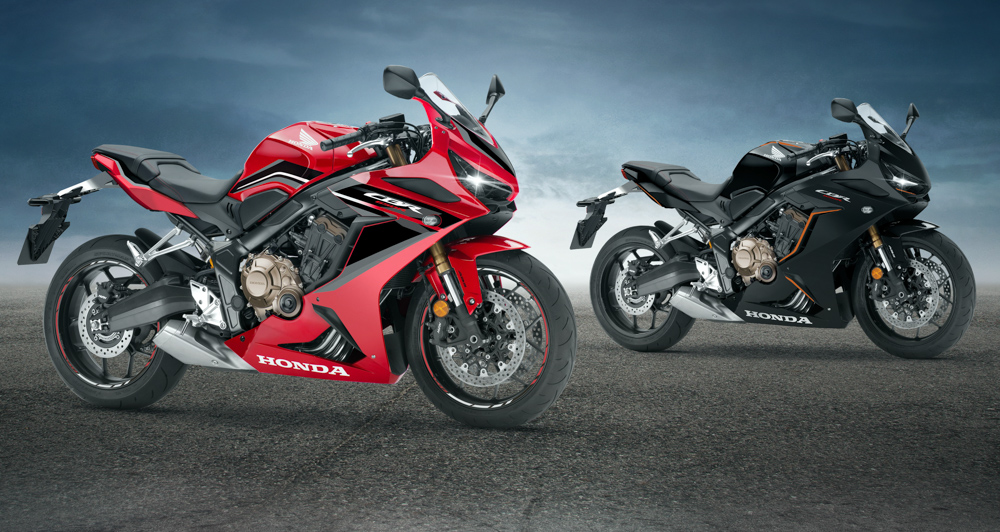
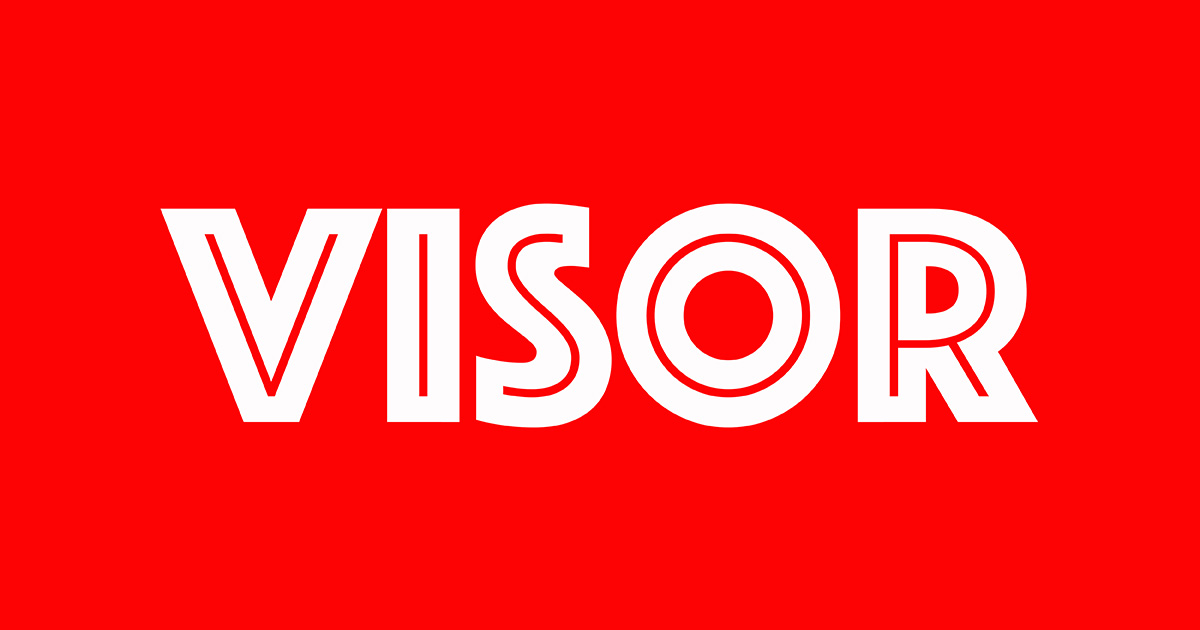
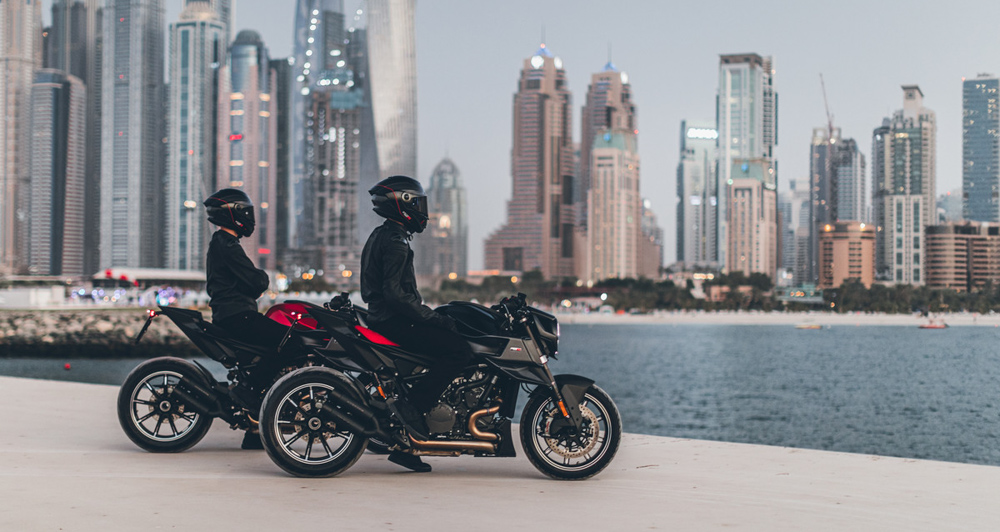
Comments